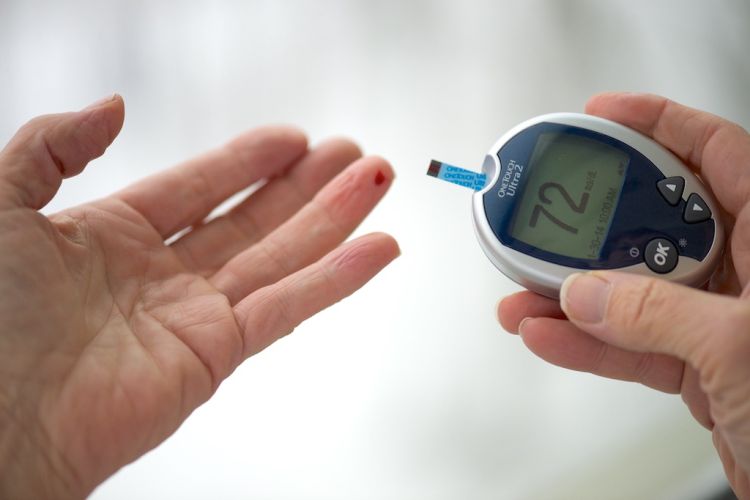Dr. Roger Kulstad discusses diabetes impacts and treatment options


A child born in United States the year 2000 is predicted to have a 1 in 3 chance of developing diabetes in their lifetime, with even higher odds (2 in 5) for children of African American ancestry. Prevalence of type 2 diabetes in particular is growing so quickly that, unless the trend is reversed, the disease may shorten the average lifetime of individuals born in the 2000s.
Roger Kulstad, MD, clinical associate professor, Endocrinology, Diabetes and Metabolism spoke with Emily Auerbach, PhD, professor, Liberal Arts and Applied Studies and director of the UW Odyssey Project, in an hour-long interview for Wisconsin Public Radio's University of the Air show.
The topic of the conversation was diabetes, including types of diabetes, public health implications, and treatment options.
"What drew me to endocrinology was that it involved several organ systems. Every organ is either an endocrine organ, or an endocrine target," said Dr. Kulstad. "All the different endocrine glands work in harmony, and you have to look at the entire patient to see how disruption in one system causes a domino affect."
With regard to diabetes, severe elevations in blood glucose can cause problems in hydration status, acid/base status of the blood, and can be directly fatal (for example, when individuals with type 1 diabetes experience diabetic ketoacidosis).
The conversation included discussions of new therapeutic options and a need for a change in mindset to avoid shaming patients.
Dr. Kulstad emphasized the magnitude of the impact that diabetes has on the nation, and urged continued attention and resources. "We estimate that the overall prevalence of diabetes in adults in the United States is between 5.8 percent and 12.9 percent...and about 14 percent of our healthcare budget is used to address diabetes-related complications," he said.
Resources:
- "Diabetes - with Roger Kulstad," Wisconsin Public Radio, November 26, 2017